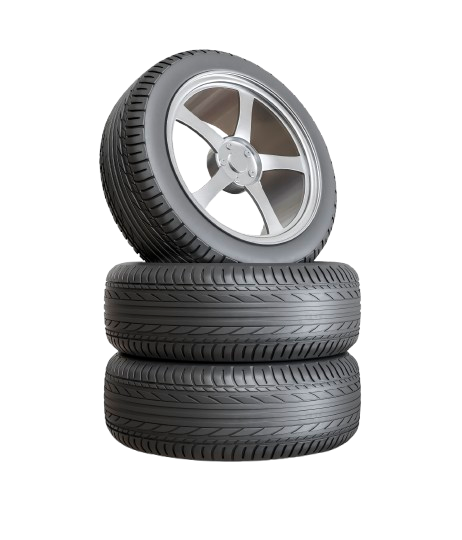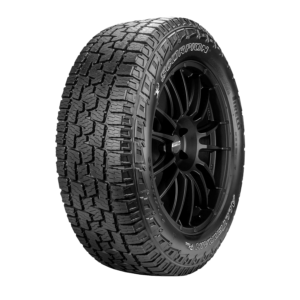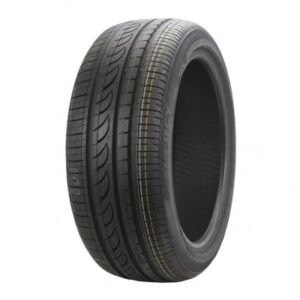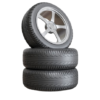You can contact us 24/7 +61 (427) 497-042
$0.00
The best discounts this week
Every week you can find the best discounts here.
Winrun 215/60R16 95H R330
Pirelli 215/60R16 99V Powergy
Tread Patterns: What You Need to Know
The tread pattern on your tyres plays a crucial role in their performance, particularly when it comes to grip, handling, and water drainage. There are three main types of tread patterns: symmetrical, asymmetrical, and directional.

Symmetrical Tread Pattern
A symmetrical tread pattern has the same design across the entire tyre. This is the most common tread type, found on most standard vehicles. Symmetrical tyres are known for their quiet performance and smooth ride.
- Best for: Everyday driving and general use.
- Advantages: Quiet ride, long-lasting tread wear, cost-effective.
- Limitations: Not ideal for extreme driving conditions.
Asymmetrical Tread Pattern
An asymmetrical tread pattern features different designs on the inner and outer sides of the tyre. This helps optimize performance for both wet and dry conditions, providing better handling and cornering capabilities.
- Best for: High-performance vehicles or drivers who need enhanced handling.
- Advantages: Improved traction, better handling, and cornering performance.
- Limitations: Can be more expensive than symmetrical tyres.
Directional Tread Pattern
Directional tread patterns are designed to channel water away from the tyre, improving traction on wet surfaces. These tyres are ideal for driving in heavy rain or on slippery roads.
- Best for: Wet or rainy conditions.
- Advantages: Better water displacement, improved performance in wet conditions.
- Limitations: These tyres need to be mounted in a specific direction, so they cannot be rotated in the same way as other tread patterns.






